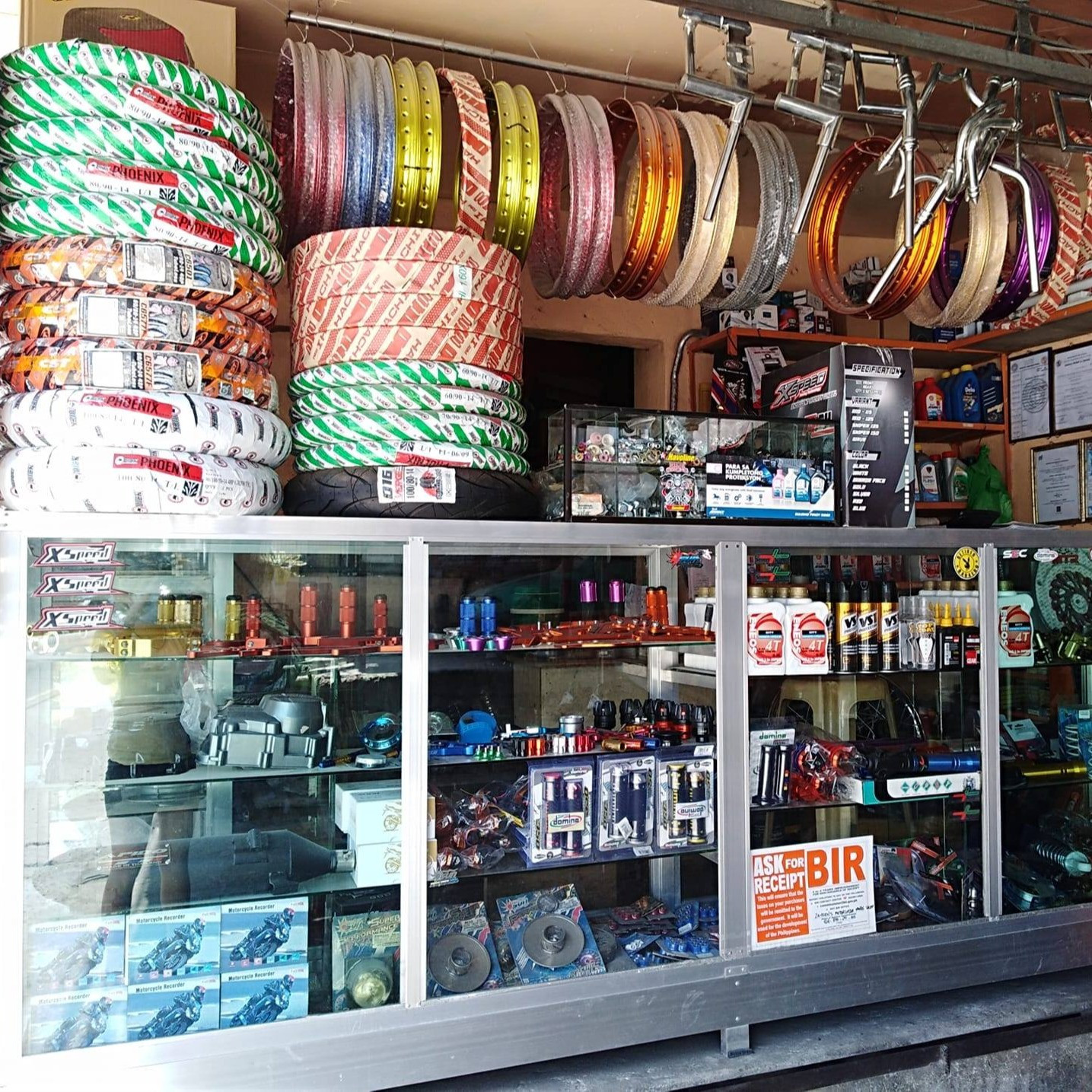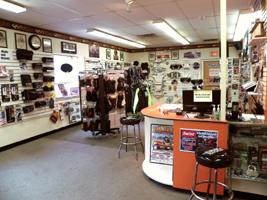Explore the Latest Motocross Gear NZ for every single Level of Rider
Explore the Latest Motocross Gear NZ for every single Level of Rider
Blog Article
Recognizing the Important Parts of a Bike: A Comprehensive Guide for Fanatics
For motorbike fanatics wanting to boost their riding experience and ensure their bikes run smoothly, comprehending the important elements of a bike is critical. Each component, from the engine's intricate functions to the important role of the braking systems, not just influences performance however additionally safety and security and comfort. This overview will certainly walk through the basic parts that every biker must be acquainted with, enabling informed choices in both maintenance and potential upgrades. As we start this exploration, one must ask: exactly how does each element engage to develop the smooth experience every enthusiast seeks?
Engine Parts

The camshaft plays a critical function in regulating the timing of the engine's valves, making certain the specific opening and closing required for reliable fuel and air consumption, as well as exhaust expulsion. This timing is essential to preserving optimum engine performance and efficiency. In addition, the carburetor or fuel shot system, depending on the motorcycle version, is accountable for mixing air with gas in the proper ratio for burning.
The air conditioning system, either air or liquid-based, works to preserve the engine's temperature within operational limitations, protecting against overheating and making certain longevity - motox parts nz. Each component, thoroughly created and integrated, contributes to the seamless operation of the engine, specifying the bike's power result and general performance
Transmission System
Integral to the motorbike's performance, the transmission system makes sure efficient power transfer from the engine to the wheels. This system consists of a number of important parts, consisting of the clutch, gearbox, and final drive, each playing an important function in converting the engine's power right into activity. The clutch, typically run by a hand lever, offers to disengage the engine and involve from the transmission, permitting for smooth gear adjustments and regulated velocity.
The gearbox, typically referred to as the transmission appropriate, consists of a collection of gears that cyclists can by hand move via to readjust the bike's rate and torque outcome. These equipments are organized in a sequence that allows the motorcycle to accelerate efficiently and keep ideal engine performance throughout different speeds. Most motorbikes use a sequential transmission, needing the biker to shift equipments in a predetermined order.
Braking Devices
While understanding the transmission system is vital to using a bike's power, similarly essential is the ability to regulate and quit that power successfully, which is where stopping systems enter play. Brakes are vital for security and performance, giving the biker with the needed control to navigate various terrains and conditions. Generally, motorbikes feature two sorts of braking systems: disc brakes and drum brakes.
Disc brakes are extra prevalent in contemporary bikes due to their exceptional efficiency. This system supplies better warm dissipation, regular performance, and boosted stopping power, specifically in wet problems.
On the other hand, drum brakes, though much less typical, are still located in some motorcycles. They function by pressing brake shoes versus the inner surface area of a drum connected to the wheel. While normally less reliable in warm dissipation and quiting power, drum brakes are simpler and extra cost-efficient.
Comprehending these braking systems' subtleties enables motorcyclists to try this out keep their motorcycles appropriately and value the design that ensures effective and secure quiting.
Suspension and Guiding
Suspension and guiding systems are important components that considerably influence a motorcycle's handling and ride convenience. The shock absorber, being composed of forks at the front and shock absorbers at the back, takes in roadway irregularities, enhancing security and control. Front forks, commonly telescopic or inverted, compress and rebound to reduce effects, while rear shock absorbers preserve tire contact with the roadway, vital for grip and security.
Steering, focused around the handlebars, connects the biker to the motorcycle's directional control. The guiding head bearings make certain smooth procedure, permitting exact maneuverability. Appropriate alignment and upkeep of these bearings are critical for foreseeable guiding reaction and decreasing rider exhaustion.
The suspension's adjustability is an additional important element; preload, damping, and rebound settings permit customization to suit various riding styles and problems. This adaptability is essential for optimizing riding suit performance, whether browsing urban streets or dealing with tough trails. Innovations like digital suspension systems offer real-time adjustments, enhancing ride quality throughout varied terrains.

Electrical Equipments
After making sure a smooth and controlled ride with efficient suspension and guiding systems, interest turns to the electrical systems, a crucial element of modern-day motorcycles. These systems play an essential duty not only in starting the engine however also in powering different parts that enhance the functionality and safety and security of the motorcycle.
At the heart of a motorbike's electric system is the battery, which shops electric power required for beginning the engine and powering supporting systems - motox parts nz. The alternator or generator, combined with the rectifier-regulator, makes certain the battery remains billed while the motorcycle functions, converting mechanical energy right into electric energy and maintaining voltage levels
The ignition system, an additional critical element, is accountable for igniting the air-fuel mixture in the engine's cyndrical tubes. Modern bikes often use a digital ignition system, using higher effectiveness and integrity contrasted to conventional systems.
Illumination systems, including headlights, tail lights, and indicators, are also crucial, making certain presence and safety and security for the biker. Extra electronic components such as sensors, control devices, and displays contribute to advanced attributes like gas injection management, anti-lock braking systems (ABDOMINAL MUSCLE), and electronic control panels, better boosting the riding experience.
Verdict
An extensive understanding of a motorbike's vital dig this components, consisting of the engine, transmission system, stopping mechanisms, suspension, guiding, and electrical systems, is essential for enthusiasts intending to optimize safety, convenience, and efficiency. Mastery of these elements enables notified choices pertaining to maintenance and upgrades, ultimately improving the riding experience. By incorporating this understanding, motorcyclists can ensure their bikes run at peak efficiency and integrity, thereby taking full advantage of both pleasure and durability of their lorries.
For bike lovers looking to elevate their riding experience and guarantee their bikes run smoothly, recognizing the essential components of a motorbike is extremely important.Indispensable to the motorcycle's performance, the transmission system ensures efficient power transfer from the engine to the wheels.While understanding the transmission system is key to using a motorcycle's power, equally crucial is the capability to regulate and stop that power successfully, which is where braking devices come into play. Generally, motorbikes feature two types of stopping systems: disc brakes and drum brakes.
A thorough understanding of a bike's necessary components, consisting of the engine, transmission system, braking devices, suspension, steering, and electric systems, is vital for lovers intending to enhance performance, convenience, and safety.
Report this page